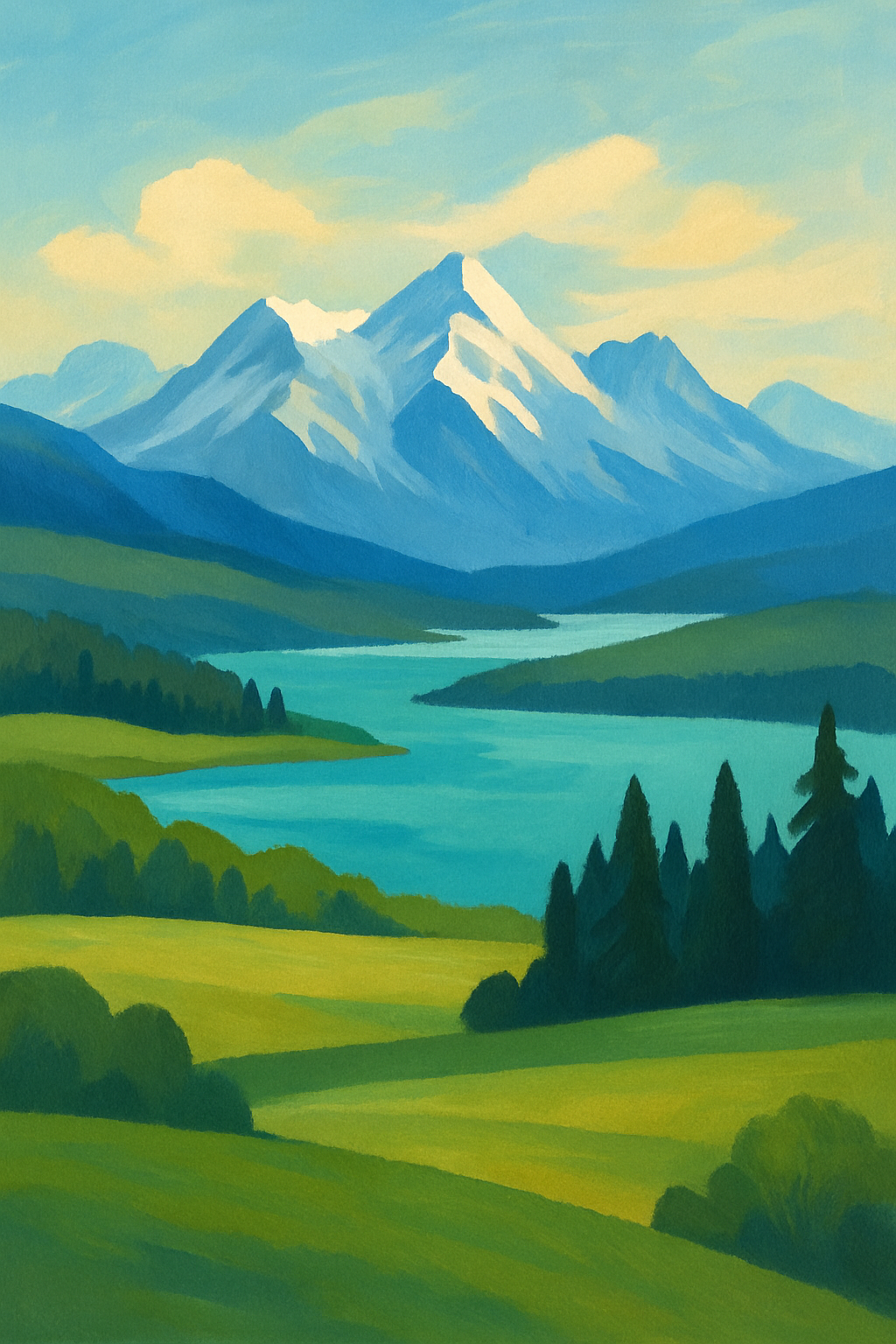Alberta, located between Canada’s prairies and the towering Rocky Mountains, boasts landscapes that range from rolling grasslands and desert badlands to jagged peaks and turquoise lakes. Two of Canada’s most visited national parks—Banff and Jasper—call this province home, and outdoor adventures like hiking, canoeing, skiing and ice‑walking await in every season[1].
With over 312 sunny days a year and up to 18 hours of daylight in summer, Alberta’s four distinct seasons provide endless opportunities to explore. Even winters are a dry cold, meaning it’s still comfortable to enjoy snow‑covered landscapes if you dress warmly.
